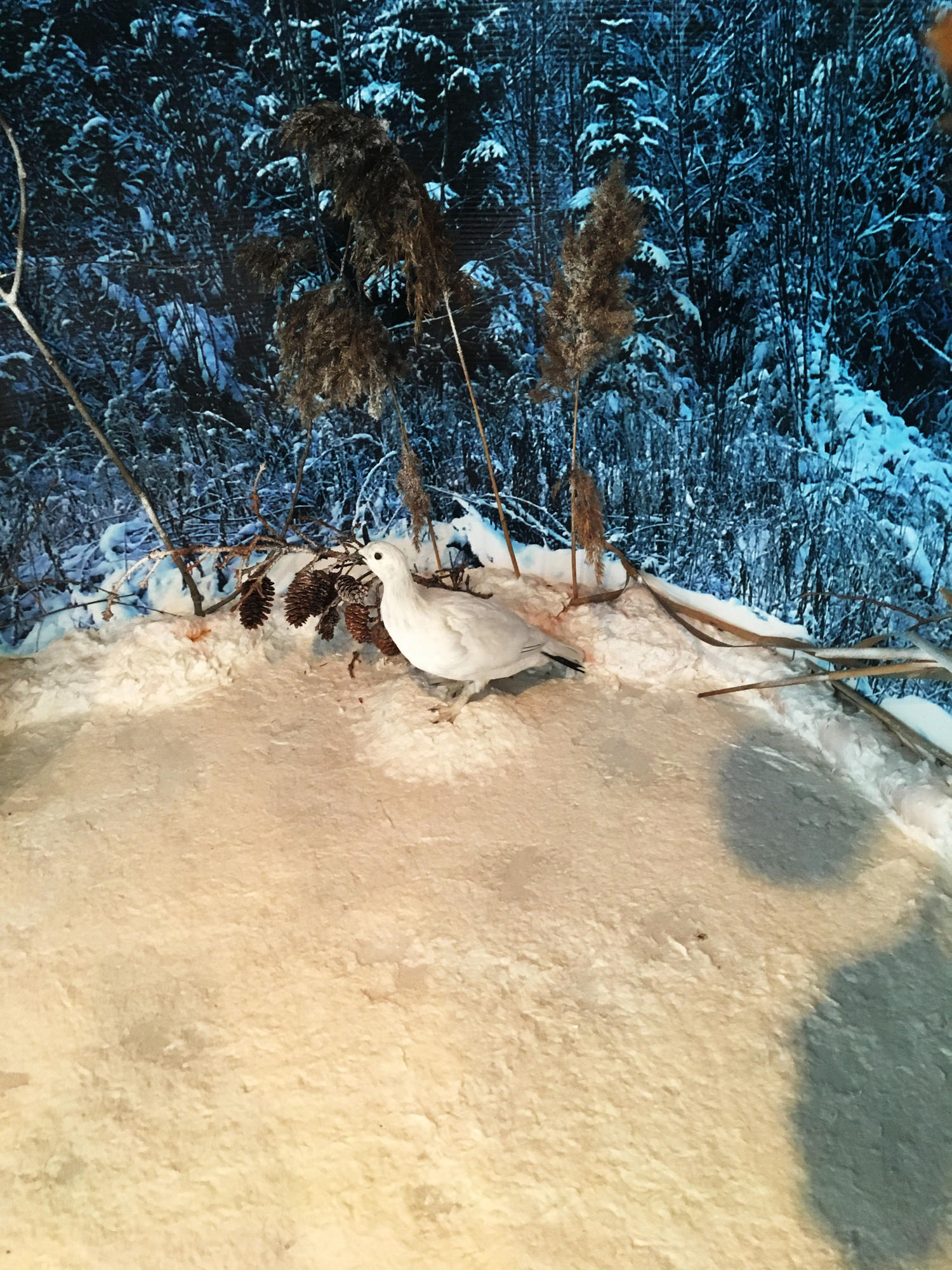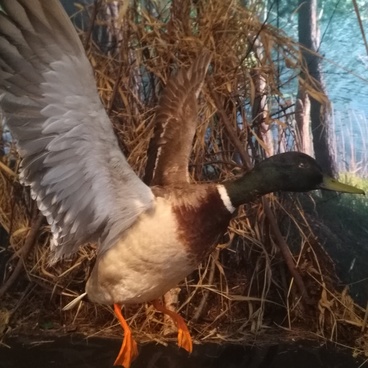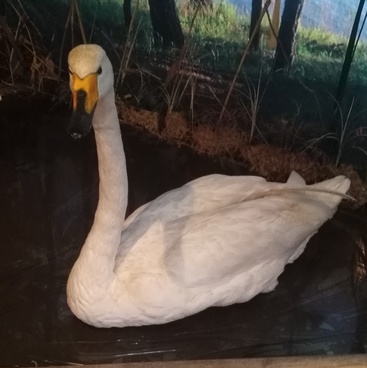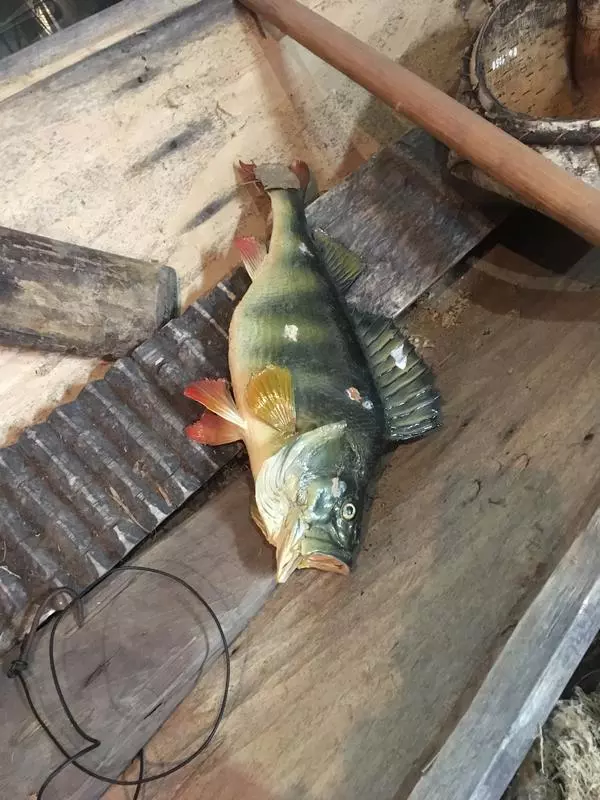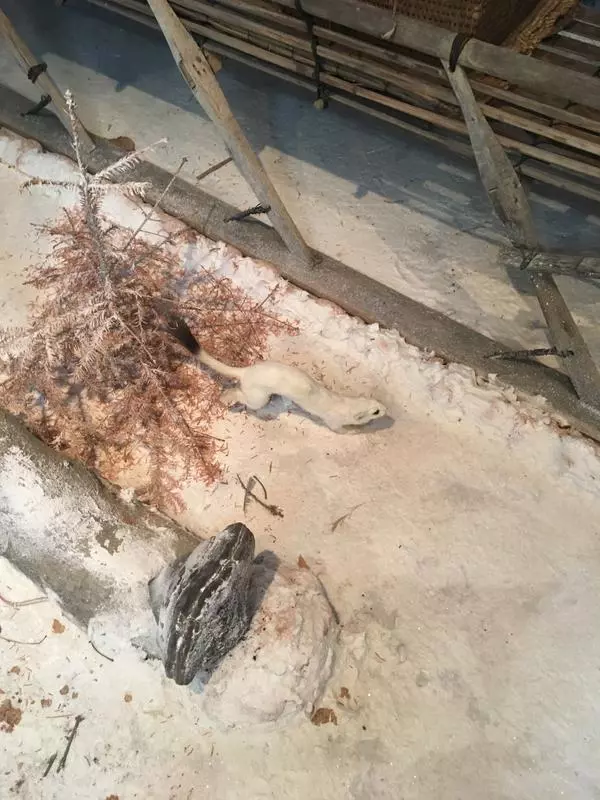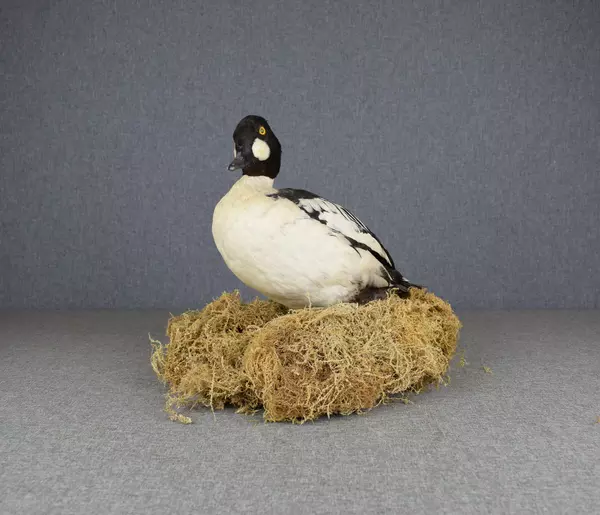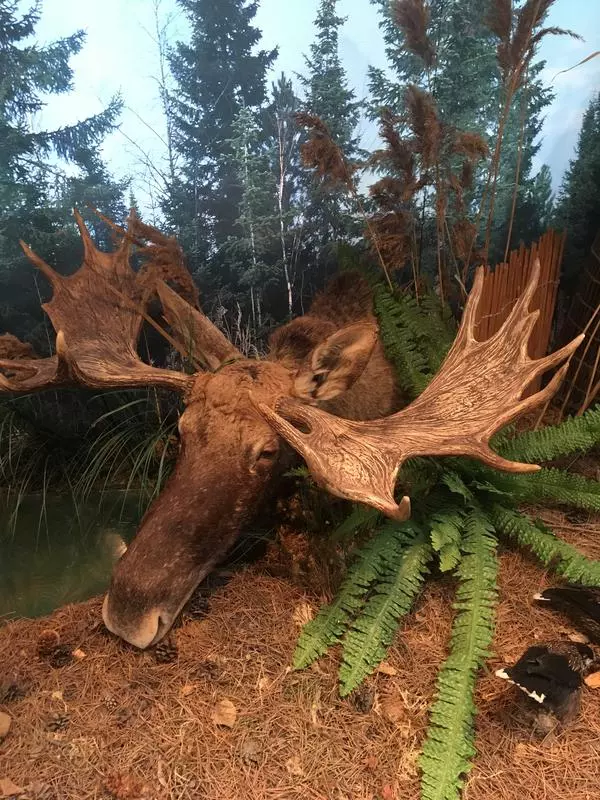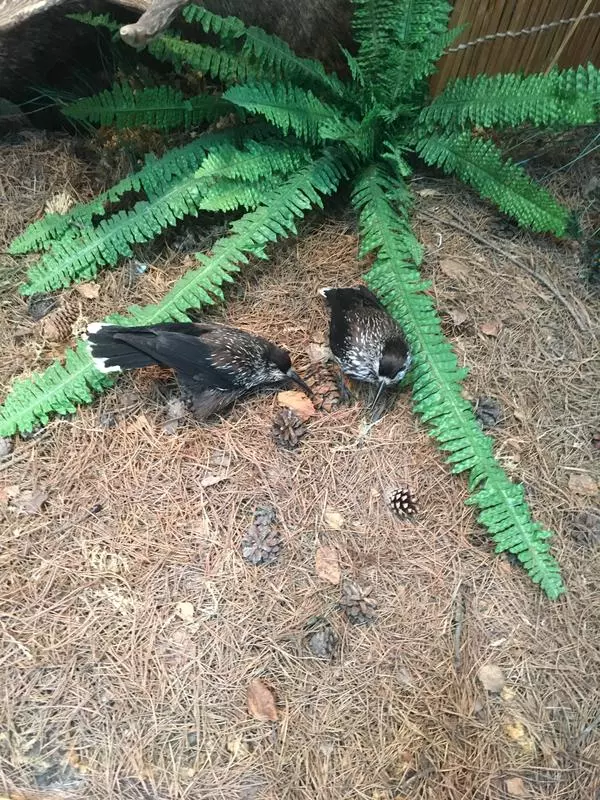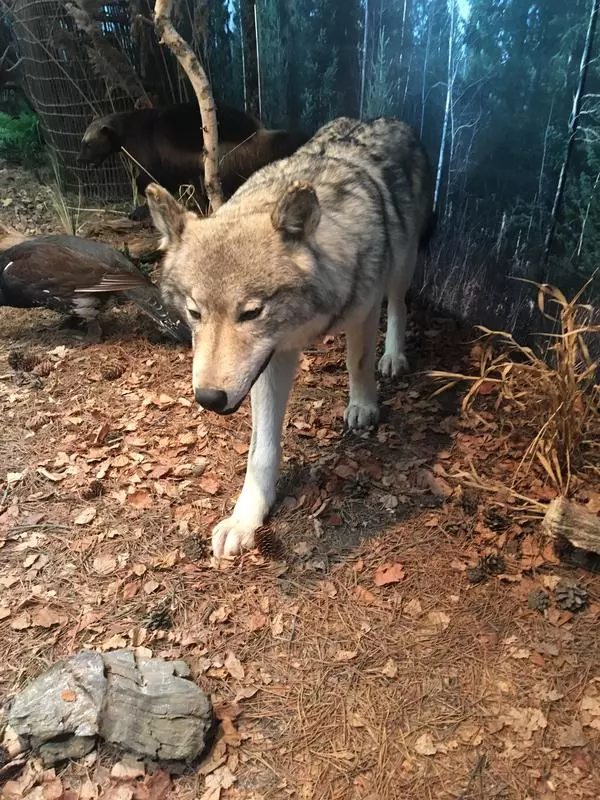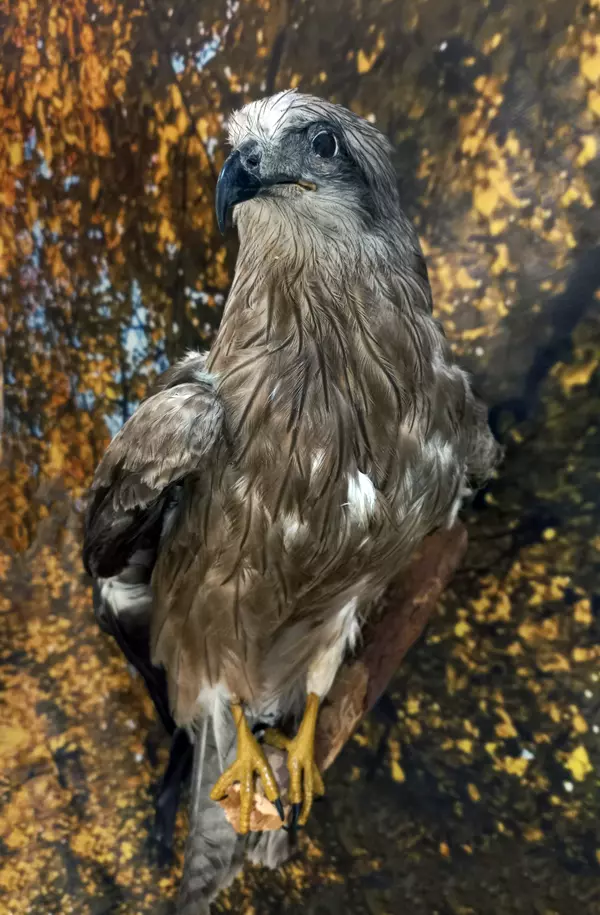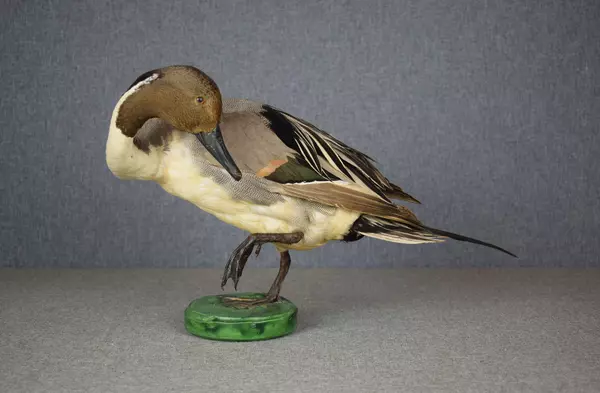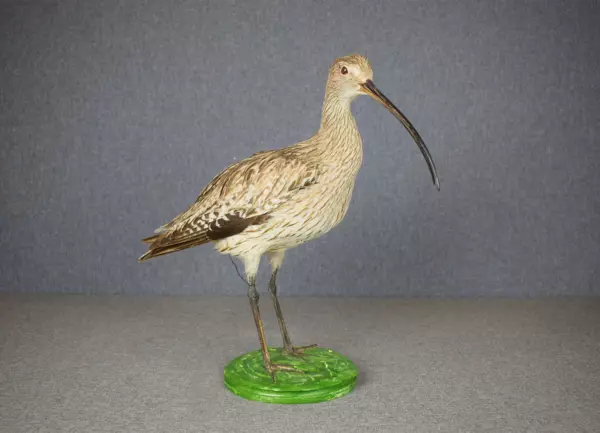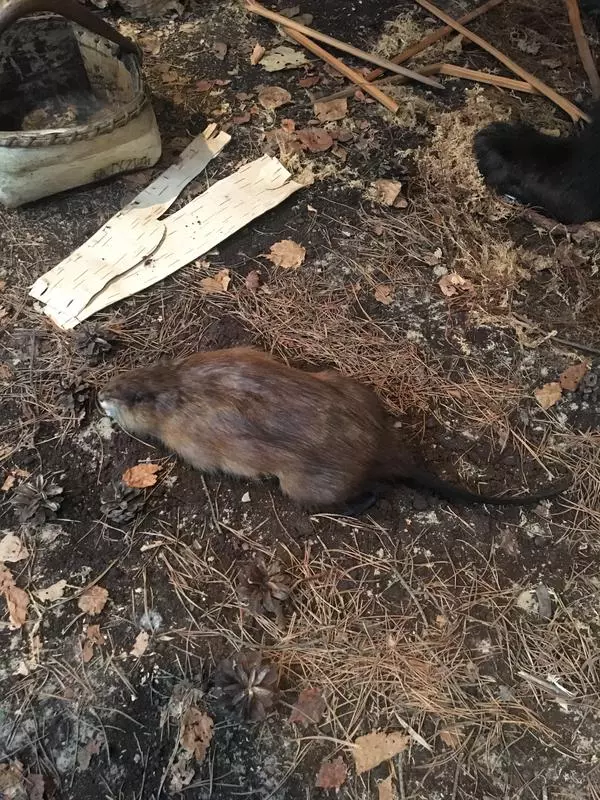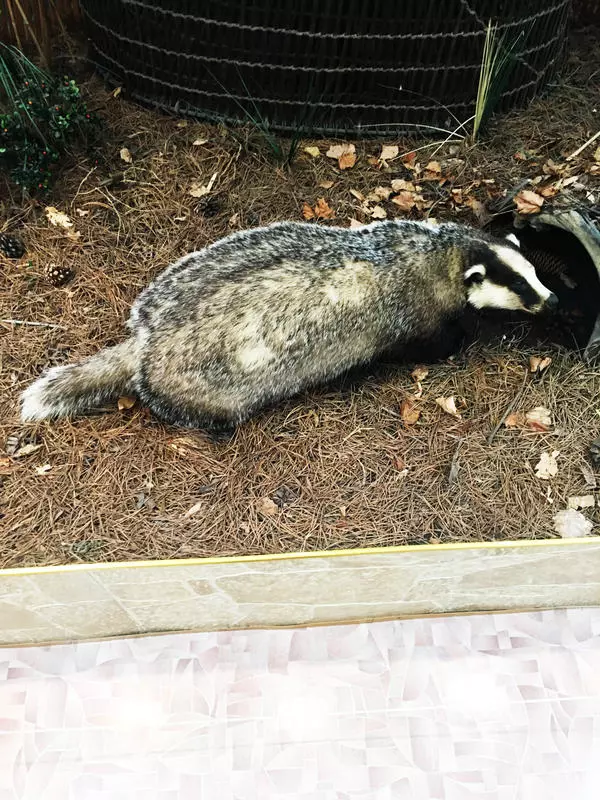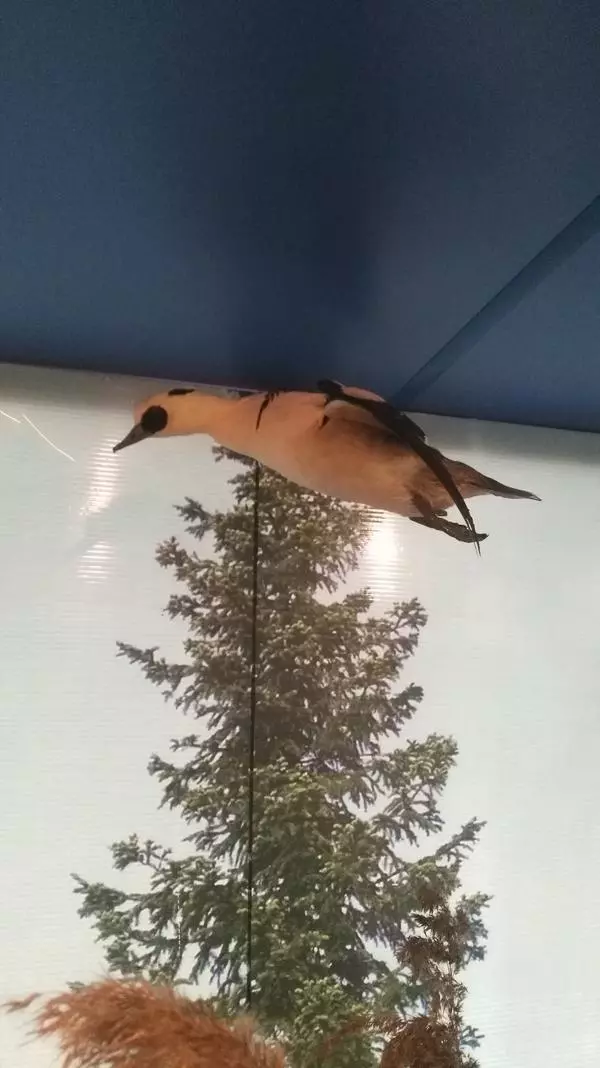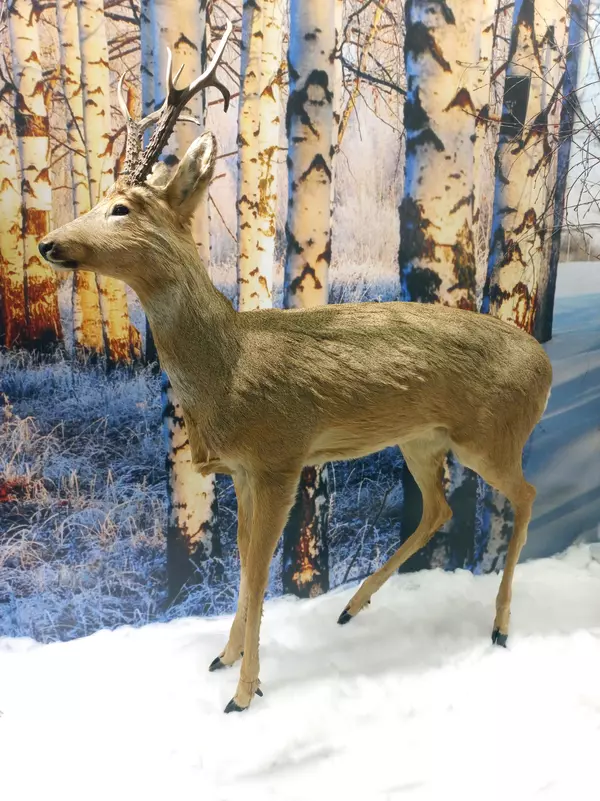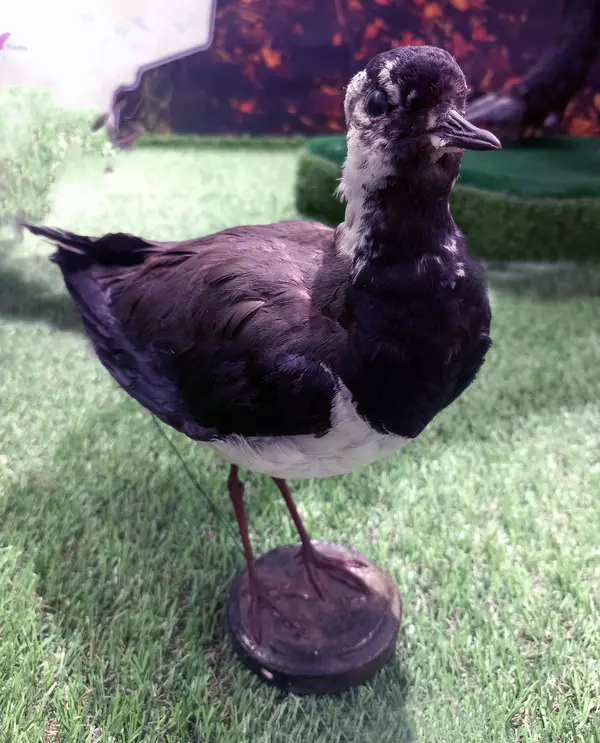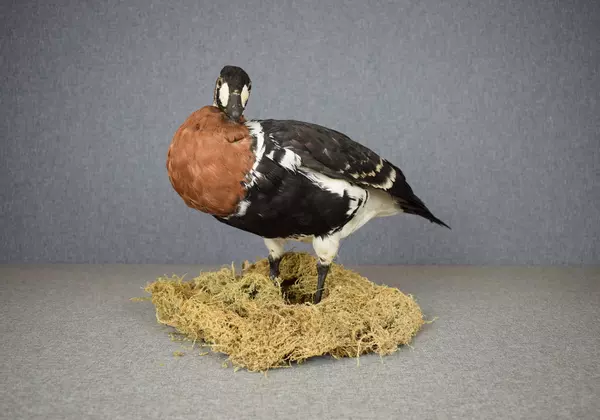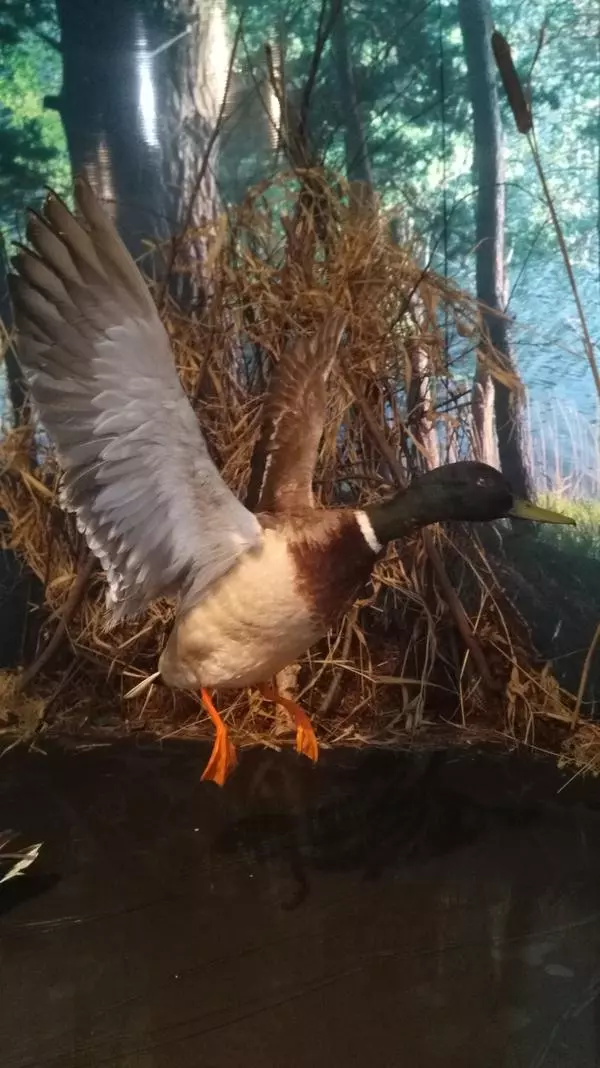White ptarmigan is a numerous taiga bird of chickens’ order (Order Galliformes). It is perfectly adapted to life in harsh climates and it is not afraid of even cold and long winter seasons in Arctic. White ptarmigan most often lives in tundra. Birds make nests on slightly moist soil at edges or in places where thickets and bushes grow. It is difficult to meet ptarmigan in forest and mountain areas. Bird leads a day lifestyle: it hides in vegetation on summer nights and sleeps were buried in snowdrifts on winter.
Ptarmigans lead a settled way of life; they spend most of the time on ground and fly up quite rarely. Thanks to protective coloration, this species perfectly hides out at any time of the year. In winter, birds are white and, therefore, are imperceptible on snow, in summer — motley-red and also merge with the environment.
Bird’s main way of moving is running, it moves quickly, but very carefully. In search of food, it always looks around and in the event of danger it quietly freezes on one place. Only bird let the enemy get close to itself, it sharply flies up flapping wings loudly.
In autumn, with the first snow ptarmigans’ migration begins from deaf taiga bogs on river-beds, where they feed on in coastal bushes all winter. Birds eat plant-based diet, food is mainly picked from the ground. In summer, these are seeds, berries, flowers and grass. Winter ration includes buds and plant sprigs. All these products are low-calorie, therefore, bird swallows them in big quantity. So as to find leftover berries and seeds in winter, ptarmigans make holes in snow. They are frequently served them as protection from predators.
Ptarmigans rather silent most of the year, and only in spring they actively give their voice. In the peak mating season, males knock around the clock, especially intensively in mornings and evenings, females utter cackling sounds.
White ptarmigans are monogamous birds. They start a family and build their own nests in early spring. Their inhabitation is a hole in the ground, covered with grasses or other vegetation. Female is sitting on eggs and male guards their area. Birds protect inhabitation and are able to draw predators aside from nestlings.
Ptarmigans lead a settled way of life; they spend most of the time on ground and fly up quite rarely. Thanks to protective coloration, this species perfectly hides out at any time of the year. In winter, birds are white and, therefore, are imperceptible on snow, in summer — motley-red and also merge with the environment.
Bird’s main way of moving is running, it moves quickly, but very carefully. In search of food, it always looks around and in the event of danger it quietly freezes on one place. Only bird let the enemy get close to itself, it sharply flies up flapping wings loudly.
In autumn, with the first snow ptarmigans’ migration begins from deaf taiga bogs on river-beds, where they feed on in coastal bushes all winter. Birds eat plant-based diet, food is mainly picked from the ground. In summer, these are seeds, berries, flowers and grass. Winter ration includes buds and plant sprigs. All these products are low-calorie, therefore, bird swallows them in big quantity. So as to find leftover berries and seeds in winter, ptarmigans make holes in snow. They are frequently served them as protection from predators.
Ptarmigans rather silent most of the year, and only in spring they actively give their voice. In the peak mating season, males knock around the clock, especially intensively in mornings and evenings, females utter cackling sounds.
White ptarmigans are monogamous birds. They start a family and build their own nests in early spring. Their inhabitation is a hole in the ground, covered with grasses or other vegetation. Female is sitting on eggs and male guards their area. Birds protect inhabitation and are able to draw predators aside from nestlings.
